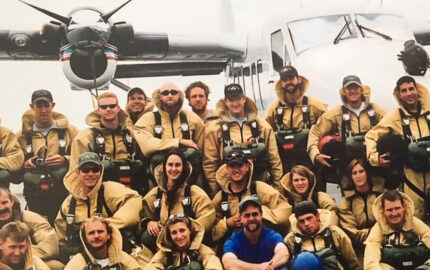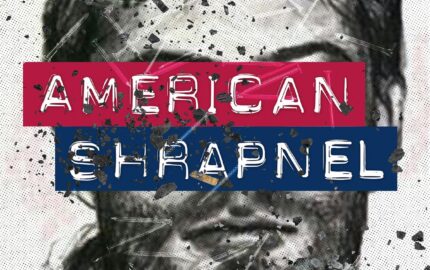Over the years, I’ve gotten better at heeding Sir Arthur Quiller Couch’s advice to “murder your darlings,” or part with passages that don’t serve a story well. But rather than murdering my darlings, I prefer to metaphorically kick them out of the house and give them a place of their own.
That place is the “outtakes document,” where I keep a running list of phrases, quotes, scenes, and details that have been cut from stories I’ve written. There’s something about the preservation of words — and the reassurance that I can return to them whenever I want — that brings me comfort as a writer.
This proved especially true when I wrote my forthcoming memoir, “SLIP: Life in the Middle of Eating Disorder Recovery,” which took shape over the course of many years as I worked to figure out the story I wanted to tell and how I wanted to approach it structurally. I kept a separate outtakes document for the book along the way, and it ended up being more than 40,000 words long.
While revisiting the document, I began to wonder how other journalists use their outtakes. I’ve compiled related examples from my own work and from a handful of other journalists and authors, who have discovered how helpful it can be to hold onto cuts — and how hard it can be to let them go.
Having a safety net for overwritten copy
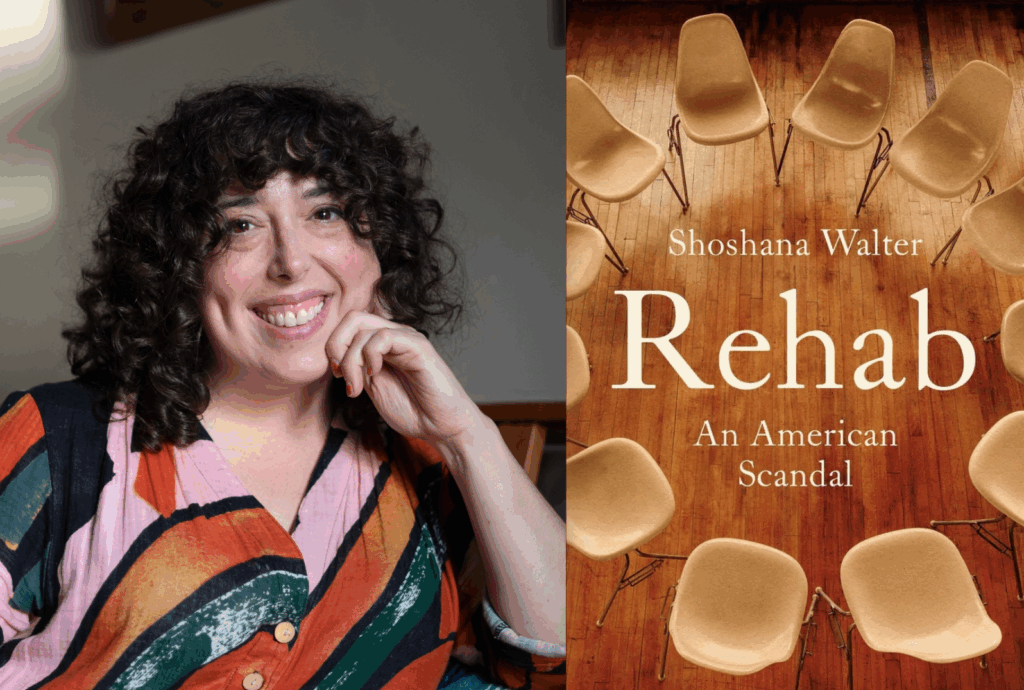
In talking with other journalists who are authors, including Marshall Project reporter Shoshana Walter, I realized I wasn’t alone in having a lengthy outtakes document. Walter’s outtakes for her forthcoming book, “Rehab,” which will be published by Simon & Schuster in August, was also about 40,000 words.
The book, which follows four people through different stages of treatment during the opioid crisis, required years of in-depth reporting that led to several hundreds pages of notes. Walter had so much material to work with that she found she needed to write her way toward a focus. Her book-writing process involved “word vomiting” onto the page, identifying the parts that strayed from the book’s focus, and then making related cuts that went into the outtakes document — or “scrap heap” as she likes to call it.
“I could endlessly describe people’s stories and go into every nook and cranny of what happened to them over these many years of their lives, but I realized that not all of the material was in service of the point I was trying to make in the book,” Walter said. “Writing a book taught me to be less precious about what I’ve written. A lot of shaping what you’re writing and what you’re saying comes from cutting words back until you discover what you’re really trying to say.”
Walter hasn’t repurposed any of the scrap heap, but she found comfort in maintaining it during the writing process. “I guess the scrap heap is like a safety blanket — like, I’m cutting this, but I don’t want to erase it off the face of the Earth completely. I still want it to be there in case I need it.”
New York Times reporter Elizabeth Williamson hasn’t repurposed any of the content from hers either. When writing her 2022 book, “Sandy Hook: An American Tragedy,” Williamson ended up with an outtakes document that was a whopping 100,000 words.
“I actually wrote two books, contractually speaking,” said Williamson, whose publishing contract called for a 90,000-word book. “But that was sort of my strategy from the beginning. I just thought, ‘I’m going to write everything, and then I will go back and take stuff out.’”
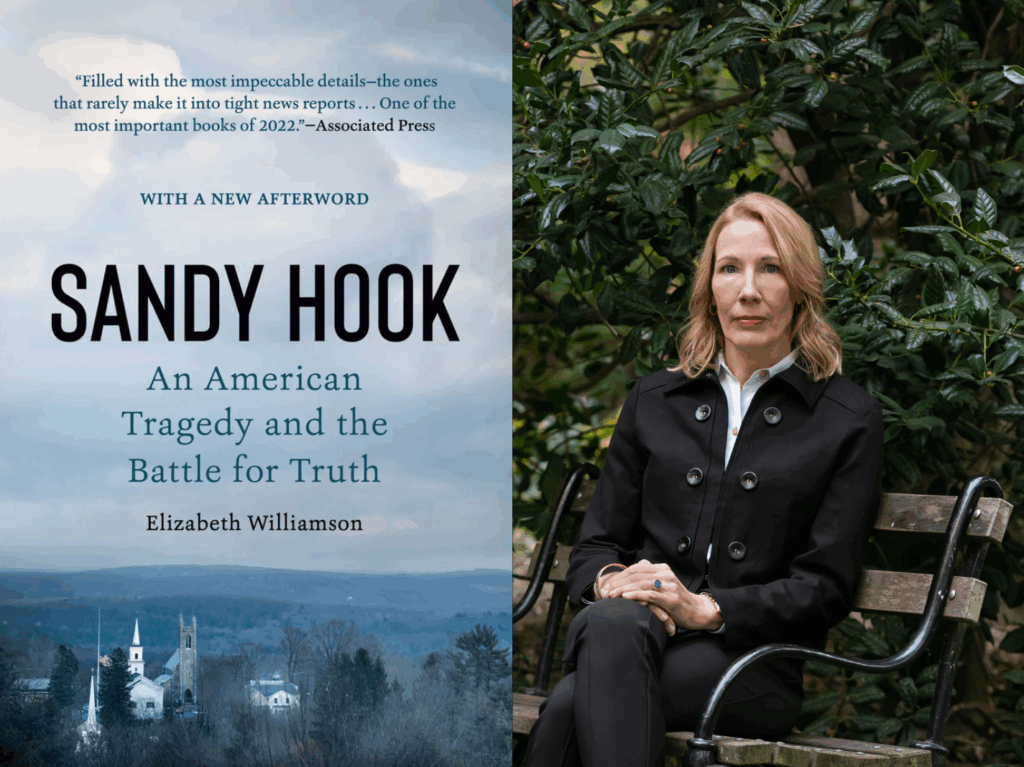
Many of Williamson’s cuts centered around one of the conspiracy theorists whom she had reported on extensively. Williamson had so much material on this one source that she couldn’t help but write about her at length. But during the self-editing process, Williamson ultimately realized that she needed to scale back.
It took her two-and-a-half years to report the book, about a year to fully write it, and only four days to edit out the 100,000 words. “I didn’t have a huge love affair with what I cut,” said Williamson, who put all of her cuts in the outtakes document. “I thought, ‘I will always retain this, and I might be able to use it.’ It’s the story you tell yourself.”
Generating new ideas and stories
For a while, I wouldn’t look at my outtakes document; I feared I’d fall back in love with the copy and lament the fact that it wasn’t in the book. But about six months after finishing my manuscript, I revisited it and found myself drawn to a specific part: my book’s prologue, which I had cut in favor of having an author’s note instead.
This was ultimately a smart editorial move, but I nevertheless hated parting with the prologue, which included an opening scene of my daughter looking in the mirror for the first time and a closing scene of what I see when I look in the mirror. Rather than letting those scenes sit in silence, I gave them voice in an essay about how I’m teaching my daughter to navigate body image as a woman in eating disorder recovery. The piece ran in the Tampa Bay Times in February and helped me further build the audience for my book. It also served as a reminder that outtakes documents can be fertile ground for future stories.
Freelance journalist Hannah Seo was reminded of this recently, too, after a quote was cut from her Guardian story about how GLP1 drugs affect people with eating disorders. The quote came from a source who talked about all the concerns that ran through her mind when she started taking GLP1s, including her fear of needles. The quote, which ended up in Seo’s outtakes document, led her to report on another story for Scientific American about why GLP1 pills hadn’t yet taken off.
Just recently, Seo has begun organizing her outtakes into what she calls “ideation documents.”
These ideation documents include cuts from previous stories, as well as names of potential sources and links to related research and coverage. As a freelancer, Seo has created an ideation document for each of her various beats: environment/environmental health, health and society, and social science.

“Especially as a freelancer who works in various beats, my mind is always in so many different places. I think having things organized will really help me remind myself that, ‘Hey, I haven’t written about this topic in awhile. Let’s see what I have from previous pieces that could lead to a new pitch, or a new story,’” Seo said. “If your outtakes document is just there to kind of be a museum of all the artifacts of your brain, I don't think that's particularly useful. But if your outtakes doc is the soil for growing new ideas, then that’s really the best-case scenario.”
Building a resource for other reporters and your future self
Longtime San Francisco Chronicle reporter Kevin Fagan has notes and outtakes documents dating back to 1978.
“I have always taken outtakes very seriously,” said Fagan, who spent much of his career covering homelessness. “I still have boxes of categorized, organized files from nearly every major story I covered — and this was after having to throw away literally two full dumpsters of neatly filed folders a few years back when the editors got rid of all the filing cabinets in the newsroom and made us strip down.” At the time, he took 15 boxes of documents home with him for safekeeping.
Fagan, who retired from the Chronicle earlier this year and published his debut book “The Lost and the Found,” passed some of his outtakes on to other reporters in the newsroom with hopes that they’ll use them as an ongoing reporting resource.
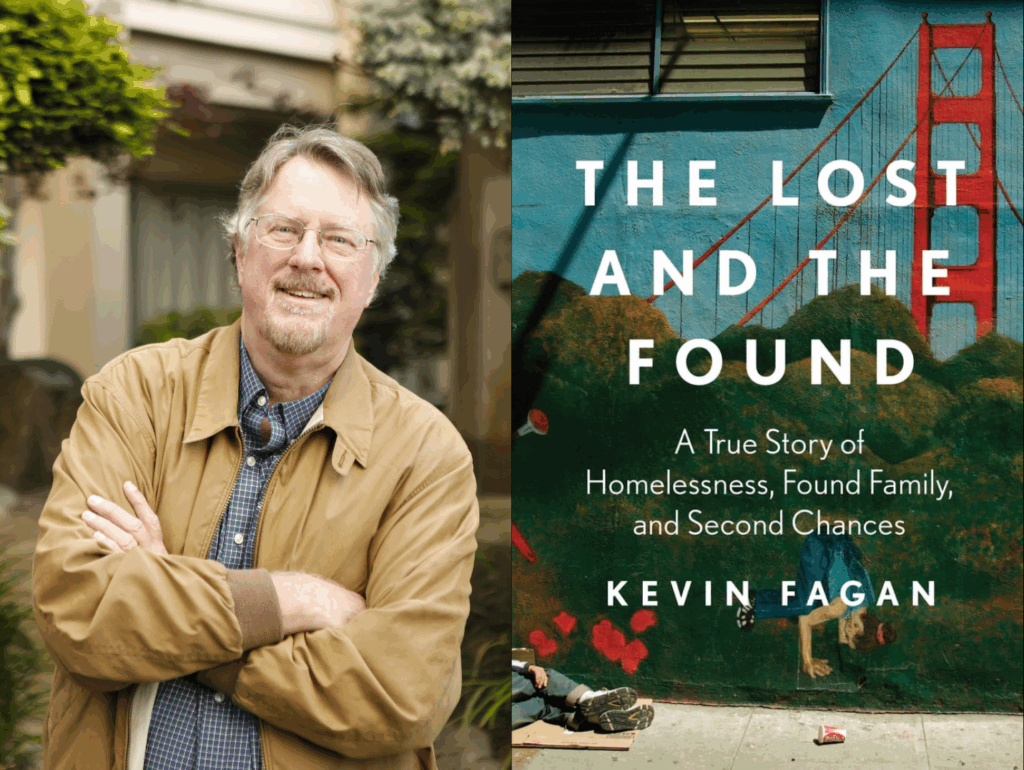
Fagan thinks back fondly of all the times that his past outtakes documents ended up being gifts to his future self. Once, for instance, he drafted a profile of Richard Allen Davis — the killer from the infamous 1993 Polly Klaas kidnapping and murder — through the eyes of the underground homeless and drug crowd that Davis hung out with. The profile ultimately didn’t run, so Fagan kept it in his outtakes document. Five years later, he repurposed it into a lookback story. Similarly, when covering the 1989 Loma Prieta Earthquake, Fagan kept all his notes and outtakes. When it came time to do a 35th anniversary story, he was able to repurpose scenes he had written, but never published, from the earthquake’s immediate aftermath.
“I was the only guy on staff who had actually been in the quake and covered it as a reporter. Everyone else was in diapers when the thing happened,” Fagan said. “There were victims I interviewed, and notes I took … that would have been impossible to find or recall decades later when I wrote anniversary stories on the quake.”
Outtakes also proved helpful when Fagan was writing his book, which offers up a deeply reported narrative of the homeless population in San Francisco. At one point, he referred back to a scene that had been cut from his “Shame of the City” homelessness series, which ran in the Chronicle in 2003.
“When I needed it for rewriting into my book, I had the whole thing in my files,” Fagan said. “I save every cogent passage that gets cut from stories, or research that I just think might be useful, in case I need it later.”
This approach can also make the editing process more efficient — especially for books, which typically go through multiple rounds of edits over an extended period of time. Fagan’s first book editor wanted him to cut a 5,000-word introduction in which Fagan talked about his own experiences with homelessness. But a second editor, who came on board later in the process, asked him to add it back in. Fortunately, Fagan had easy access to it in his outtakes document.
“I did absolutely save that intro,” he told me, “ because I figured it would pop back up into the mix.”
Seeing how you’ve grown as a writer
As my own book gets closer to publication, a lot of people have asked: How long did it take to write your memoir? It’s a difficult question to answer. The short answer: Five years. The long answer: More than half my life.
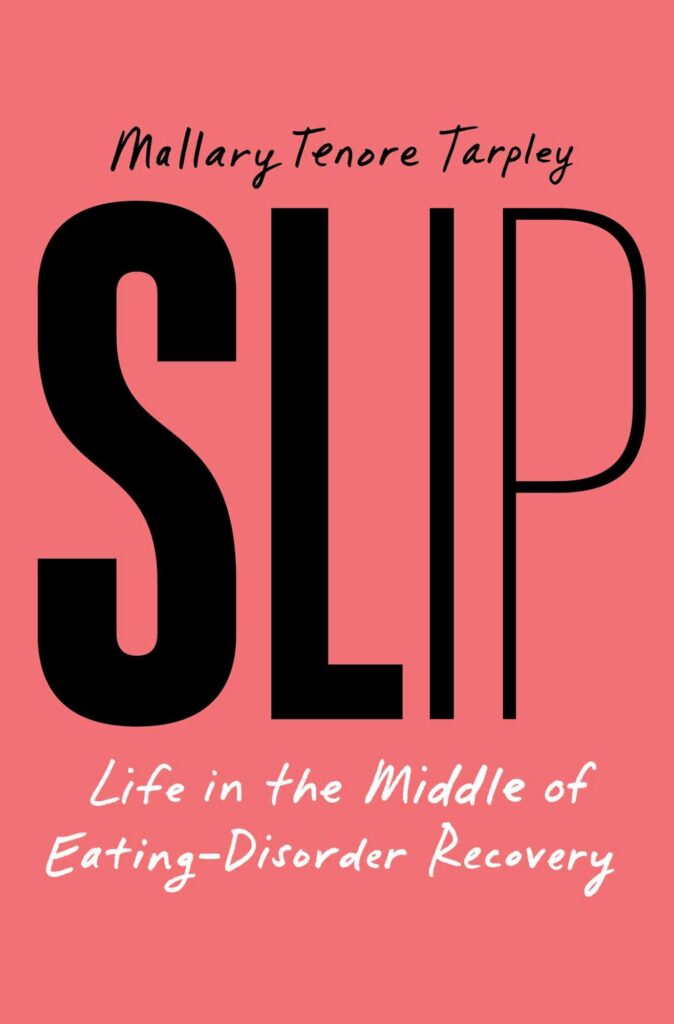
I started writing different iterations when I was 17 years old, and every few years I would write a new version as my life evolved. When I began writing the actual book five years ago, I re-read all the earlier iterations and was struck by how much my writing improved over time. My thinking around the story I wanted to tell had grown deeper, and my telling of the story had become increasingly authentic.
I’m glad those earlier iterations were never published because they pale in comparison to the finished product. But individually and collectively, they hold value. Each iteration is its own outtakes document of sorts, filled with copy that didn’t make it into the final product but nevertheless informed my thinking. Though I hardly reused the copy from these iterations, I repurposed the ideas and themes embedded within them. (And, had I added these iterations to my existing 40,000-word outtakes document, the document probably would have been four times as long.)
All my outtakes were building blocks for what will soon become my first published book — and they’re a hard-won reminder of the circuitous, but worthwhile, path to publication.
***
Mallary Tenore Tarpley is a journalism professor at the University of Texas at Austin. Her debut nonfiction book, “SLIP,” will be published by Simon & Schuster’s Simon Element imprint in August 2025. Mallary maintains a weekly newsletter, Write at the Edge, geared toward helping writers hone their craft.

